
Located along the border of Gansu Province and the Xinjiang Uygur Autonomous Region, and covering 22,900 square kilometers, Kumtag is one of China's largest desert areas.Kumtag means "sand hill" in the Uygur language. As its name suggests, it overhangs a small oasis in Dunhuang, which has nurtured ancient cultures dating back to AD336 in the arid region. [China.org.cn/Photo by Ma Xinmin]
.jpg)
Located along the border of Gansu Province and the Xinjiang Uygur Autonomous Region, and covering 22,900 square kilometers, Kumtag is one of China's largest desert areas.Kumtag means "sand hill" in the Uygur language. As its name suggests, it overhangs a small oasis in Dunhuang, which has nurtured ancient cultures dating back to AD336 in the arid region. [China.org.cn/Photo by Ma Xinmin]
.jpg)
Located along the border of Gansu Province and the Xinjiang Uygur Autonomous Region, and covering 22,900 square kilometers, Kumtag is one of China's largest desert areas.Kumtag means "sand hill" in the Uygur language. As its name suggests, it overhangs a small oasis in Dunhuang, which has nurtured ancient cultures dating back to AD336 in the arid region. [China.org.cn/Photo by Ma Xinmin]
.jpg)
Located along the border of Gansu Province and the Xinjiang Uygur Autonomous Region, and covering 22,900 square kilometers, Kumtag is one of China's largest desert areas.Kumtag means "sand hill" in the Uygur language. As its name suggests, it overhangs a small oasis in Dunhuang, which has nurtured ancient cultures dating back to AD336 in the arid region. [China.org.cn/Photo by Ma Xinmin]

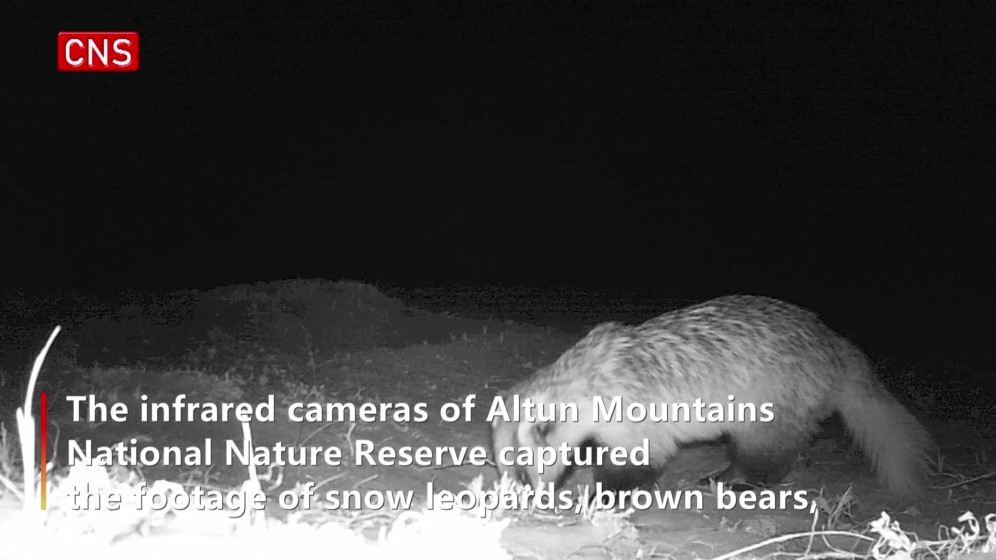


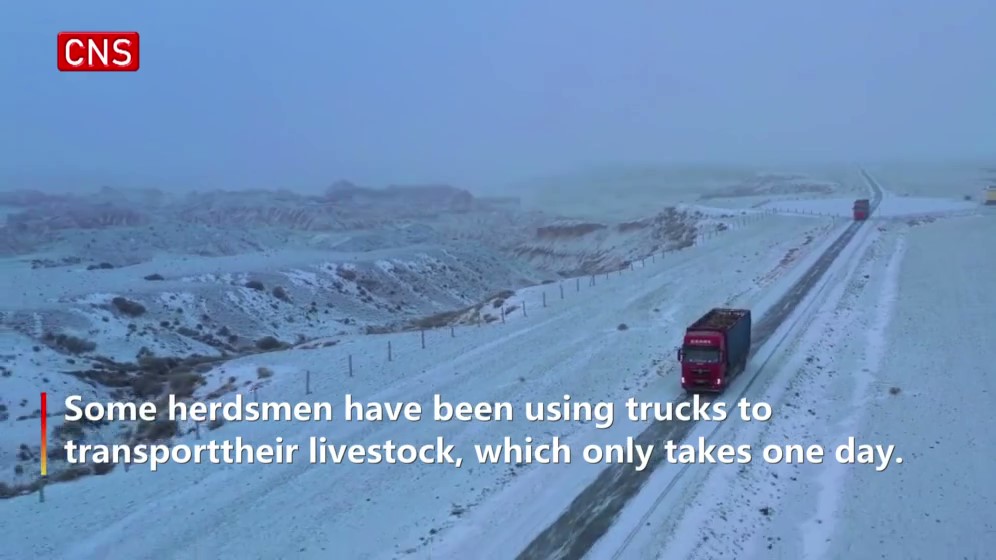




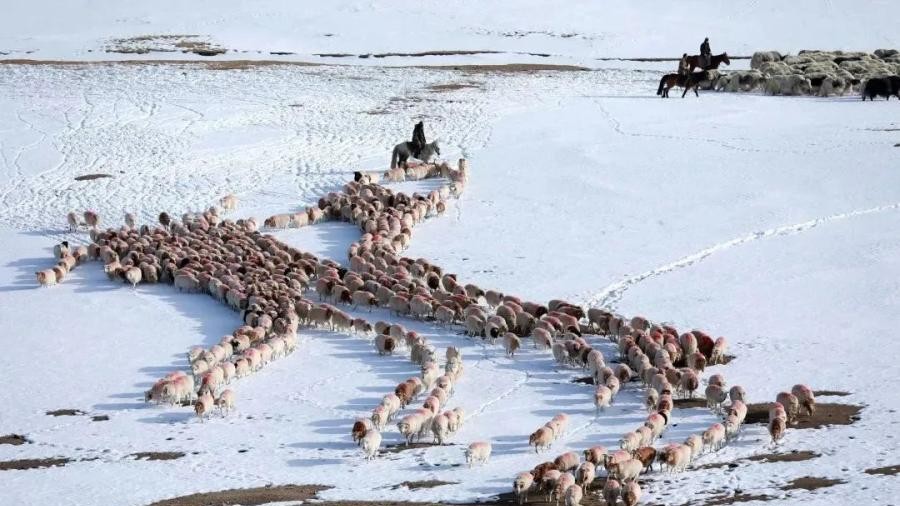

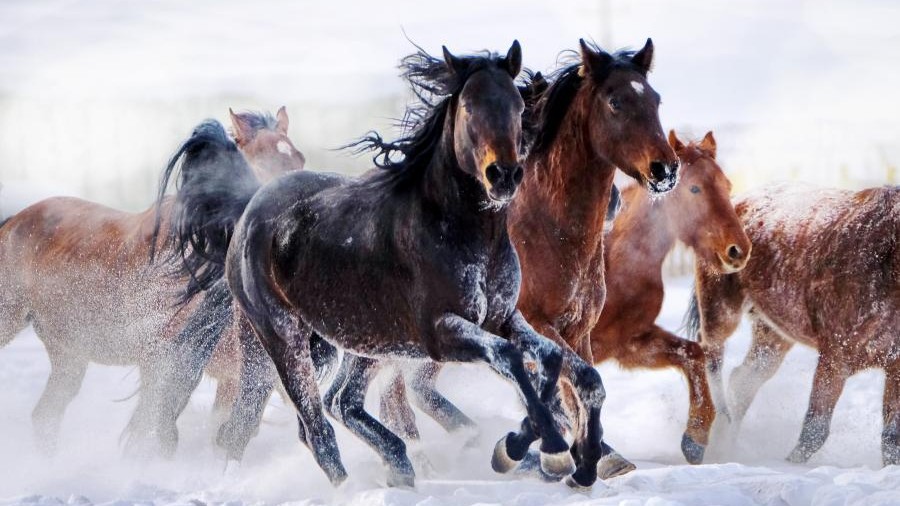



.jpg)


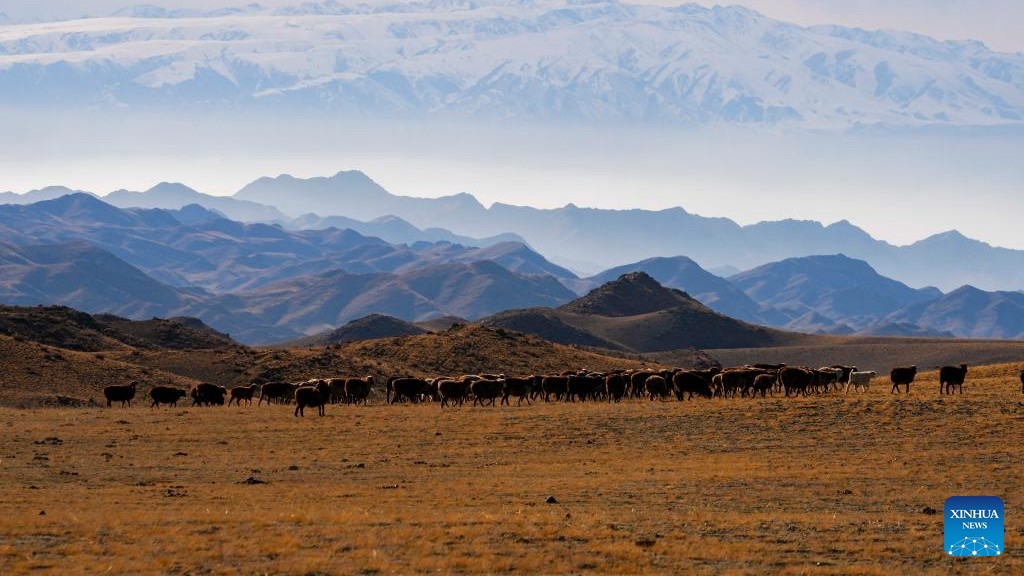



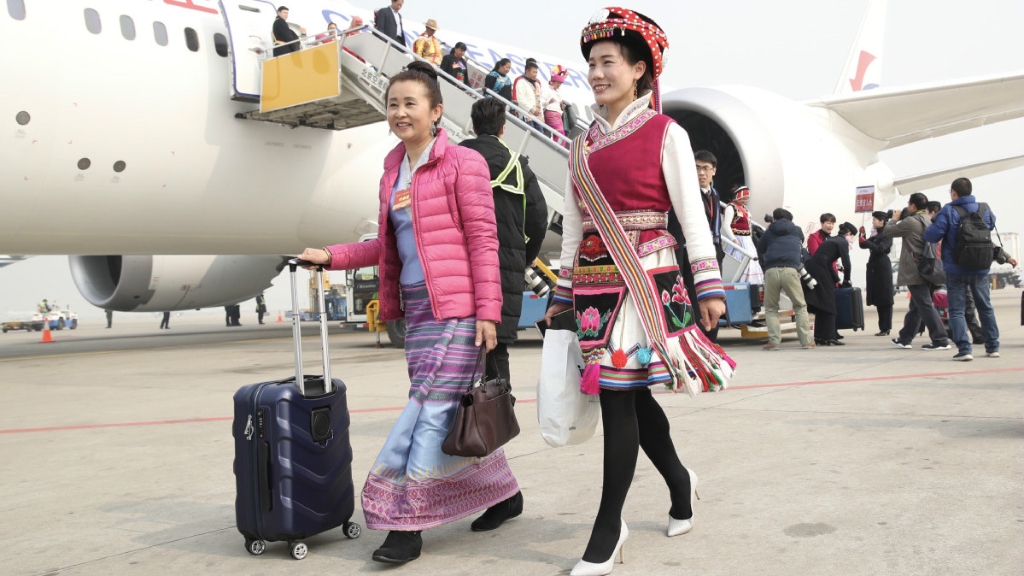


.jpg)


